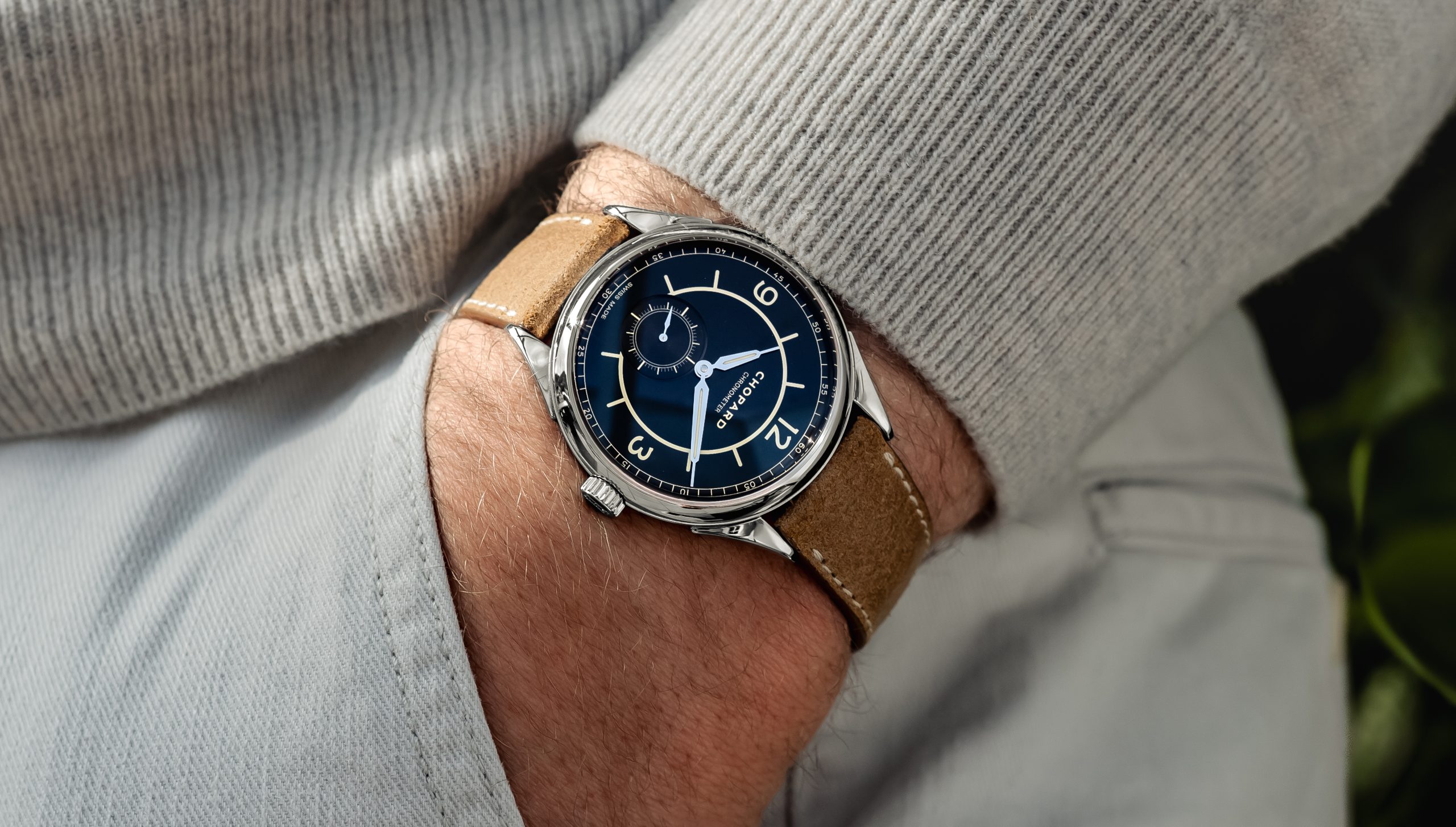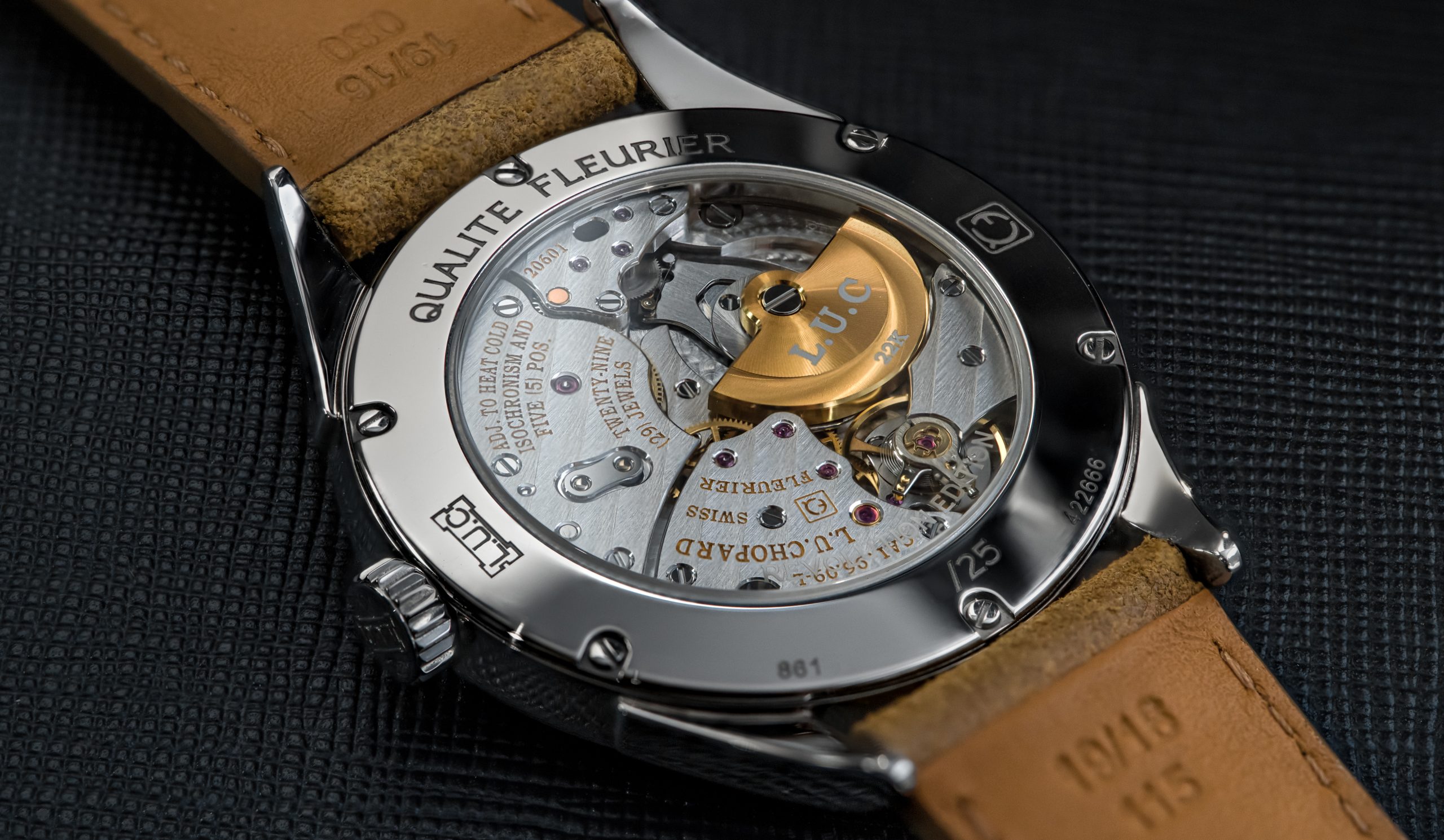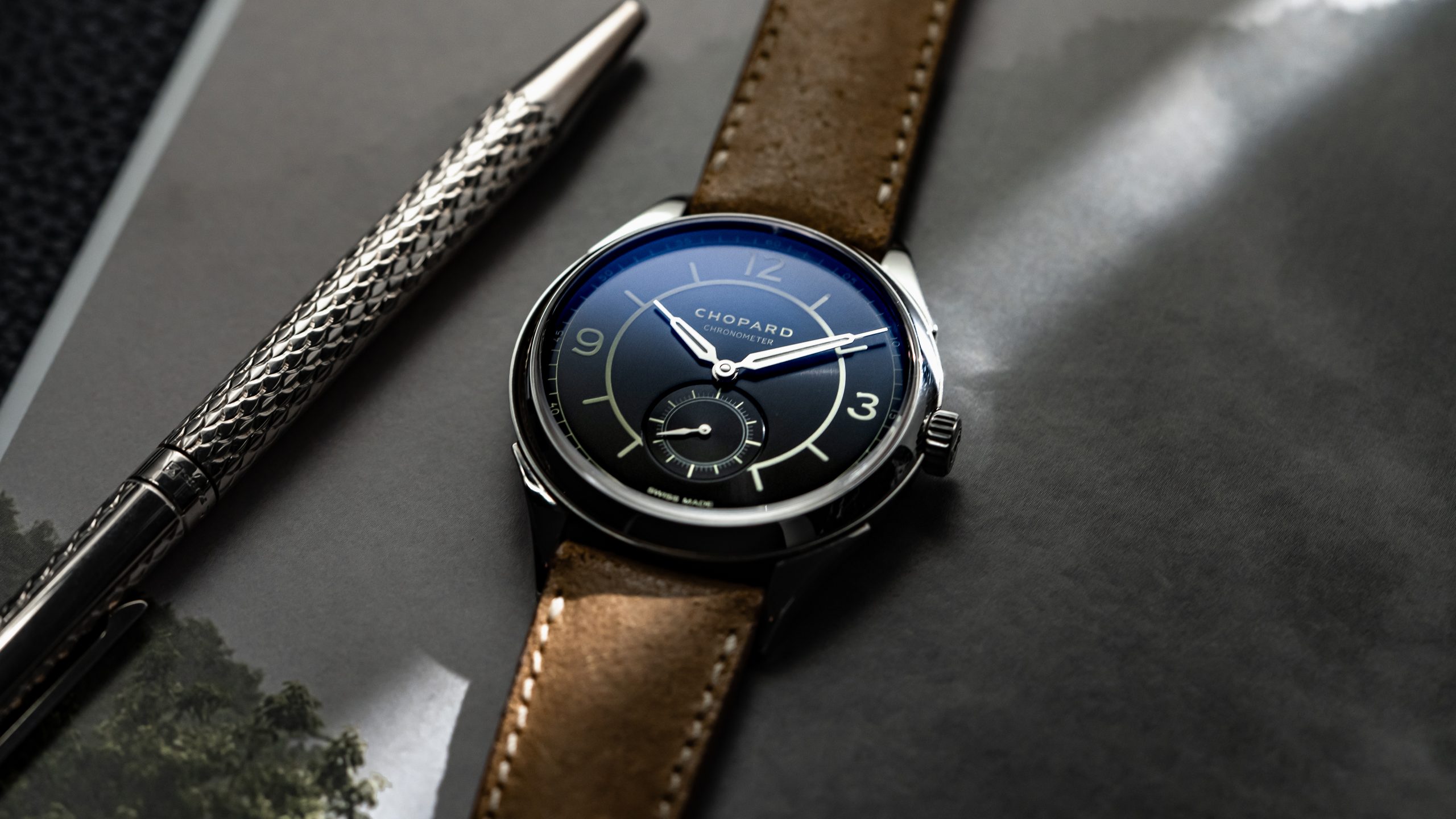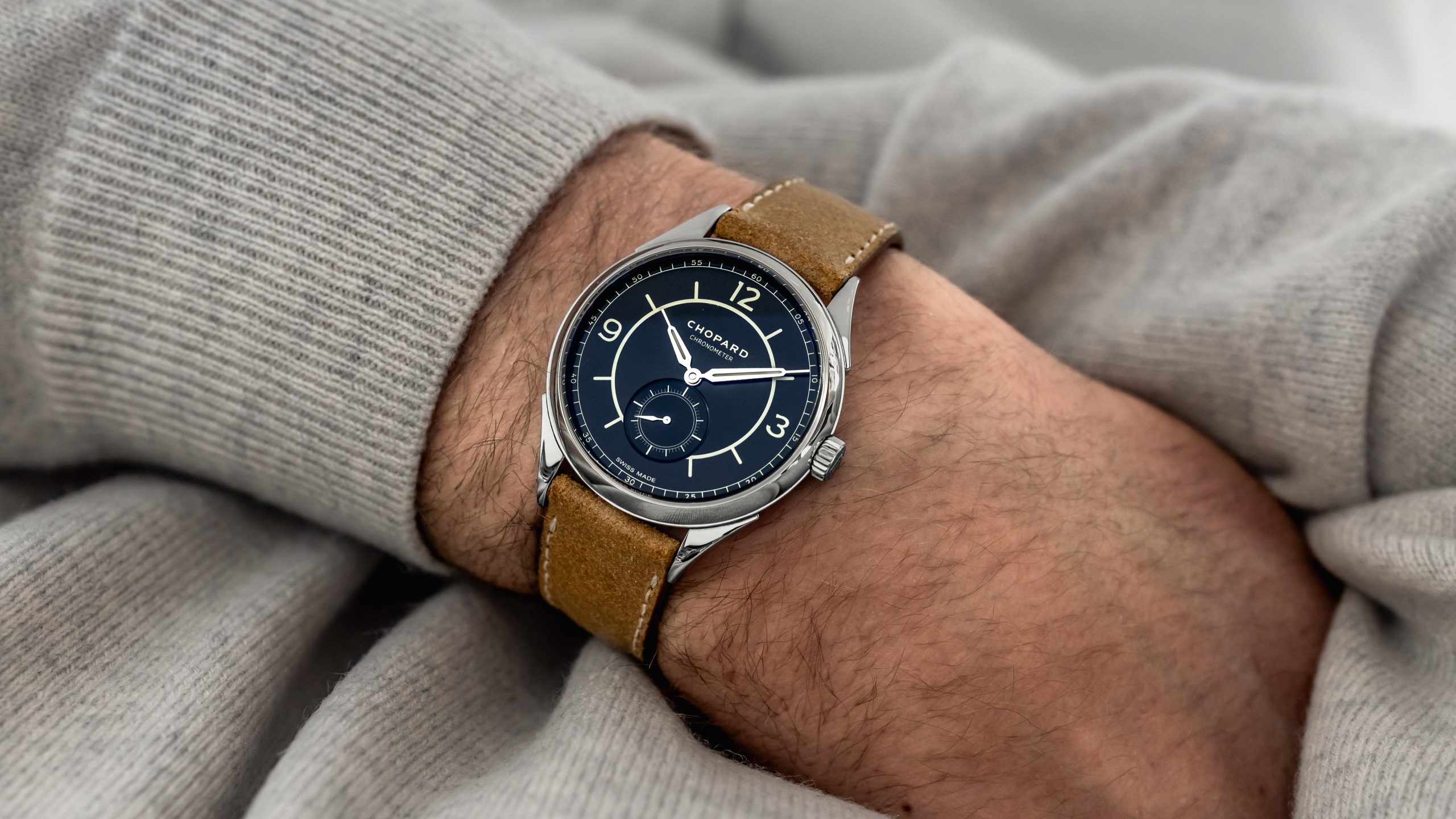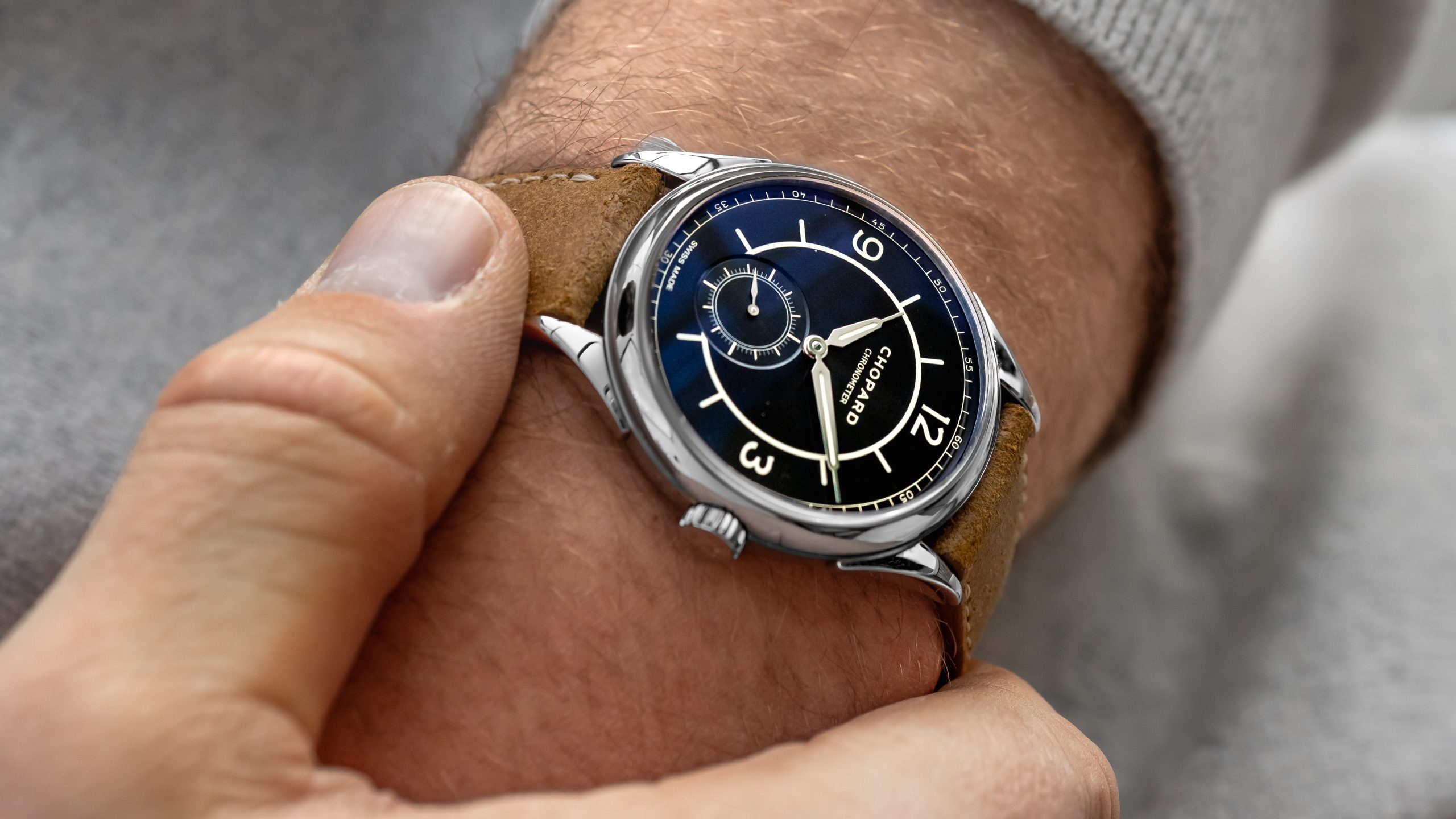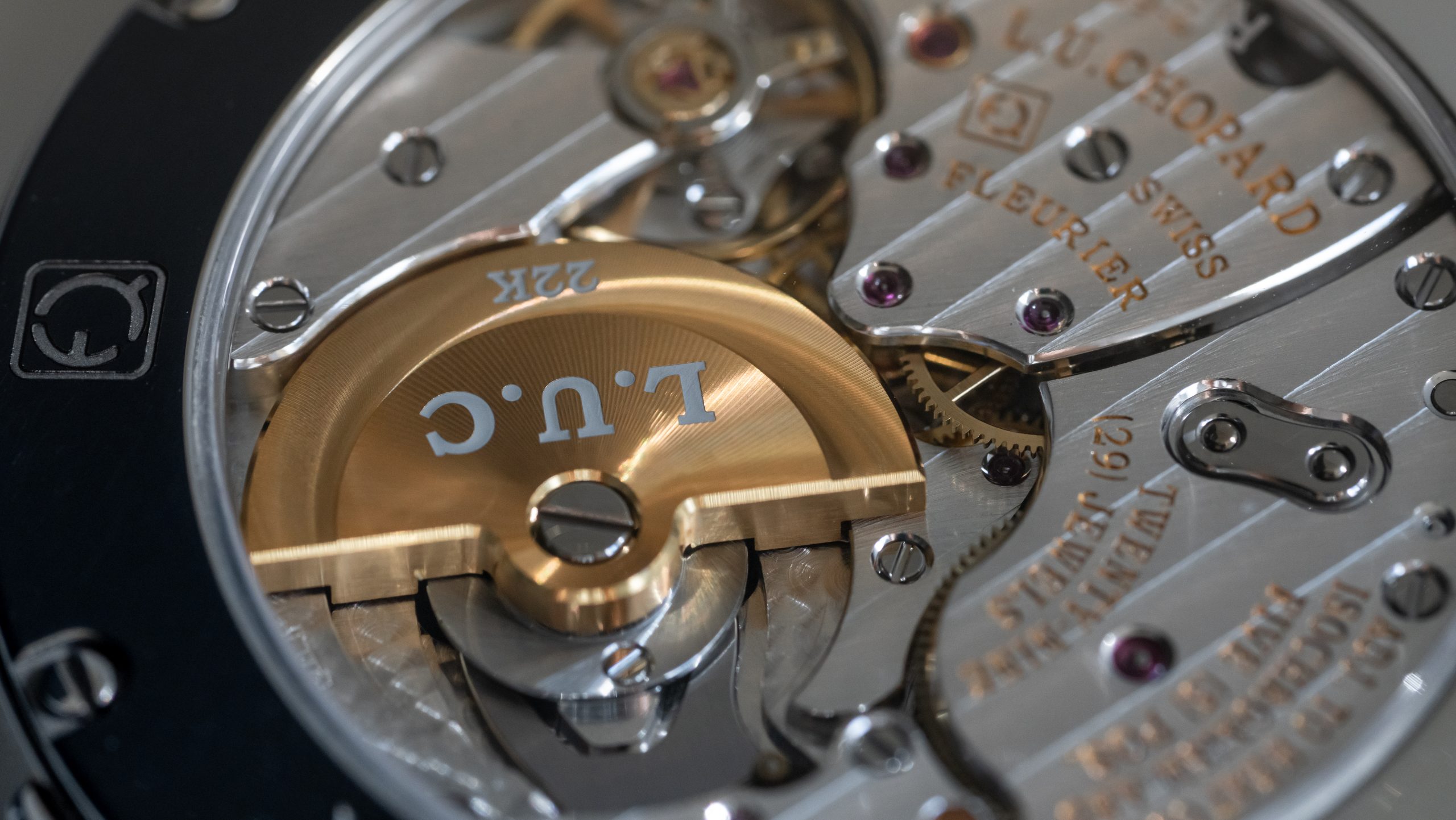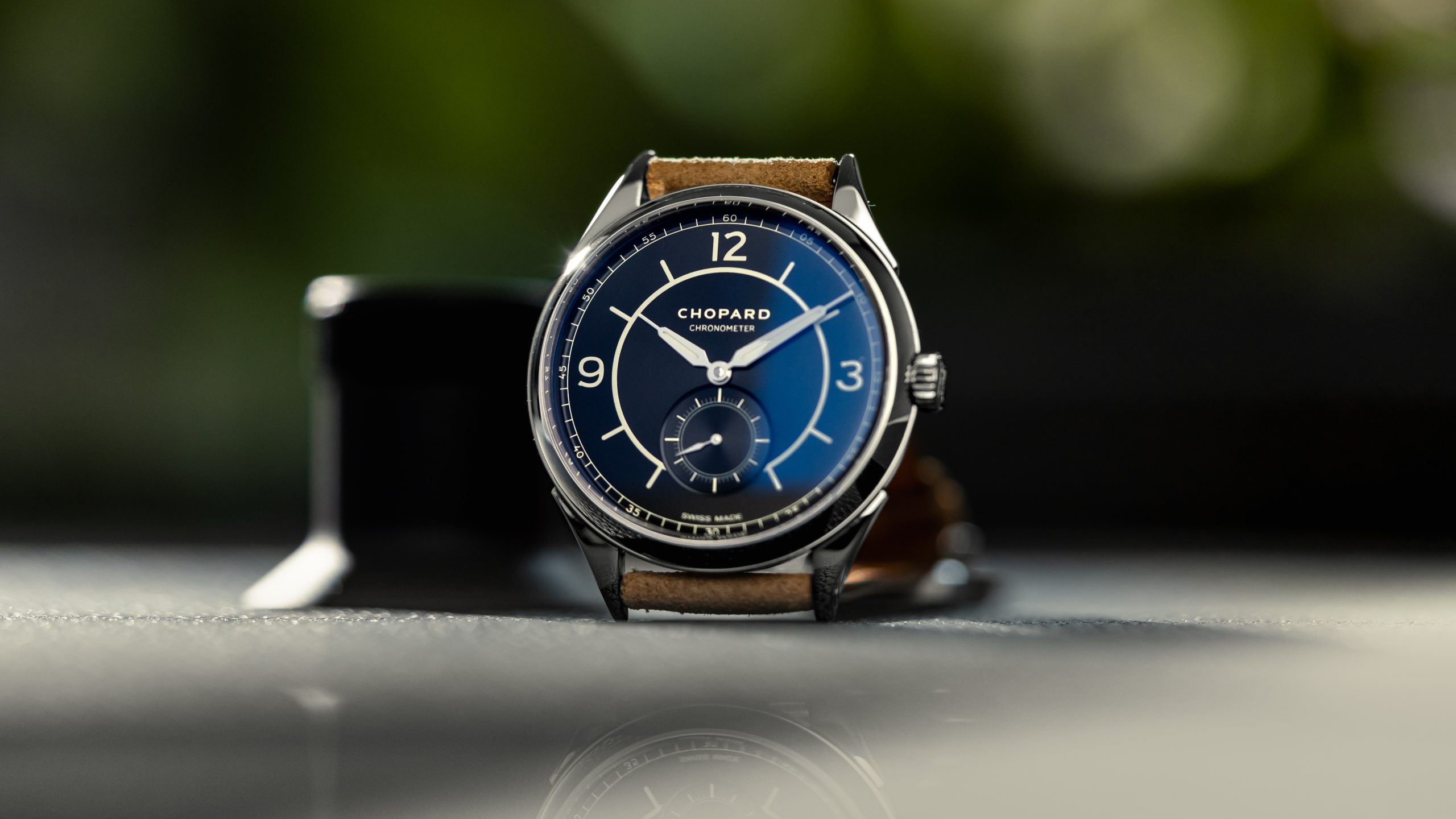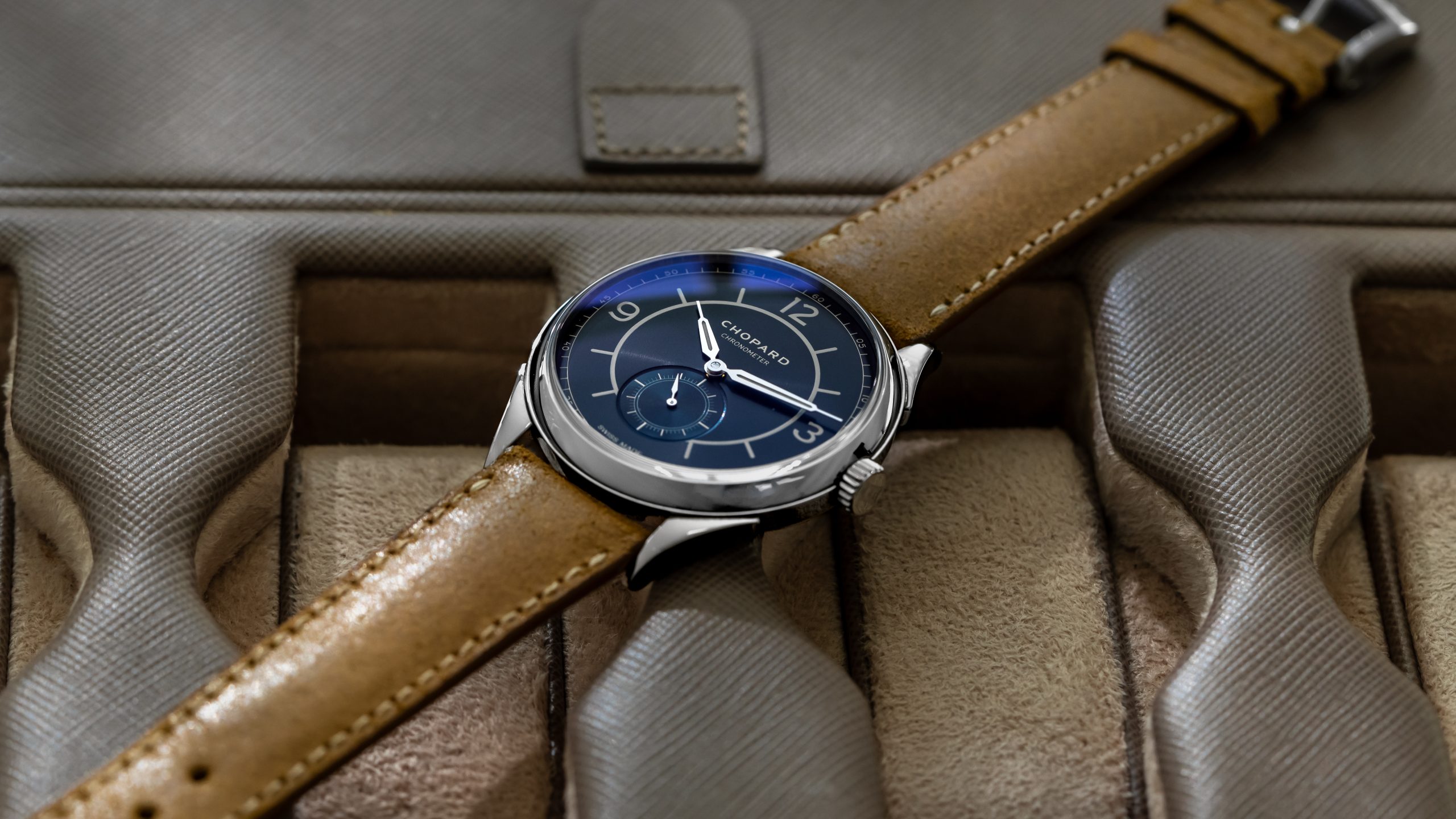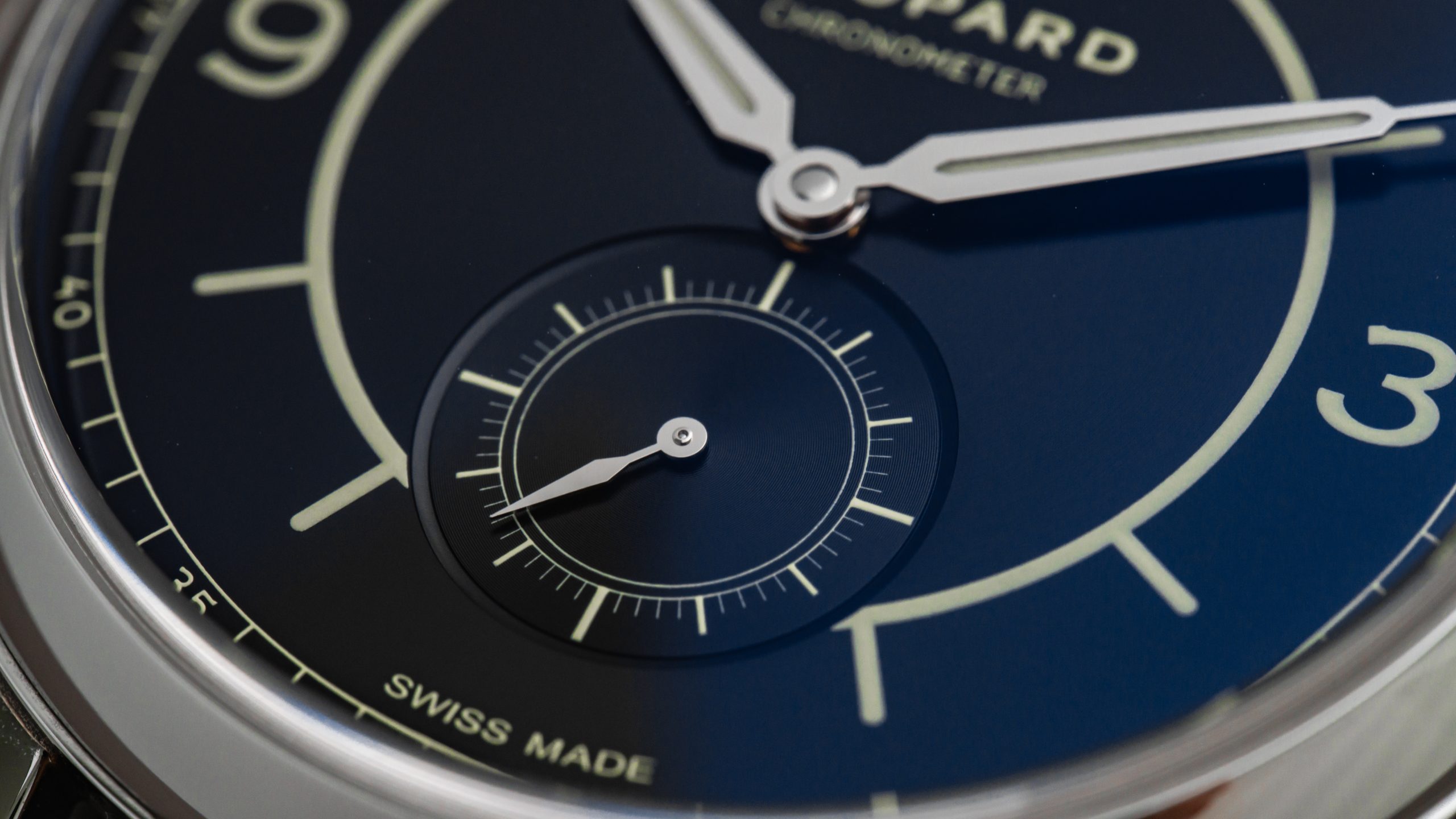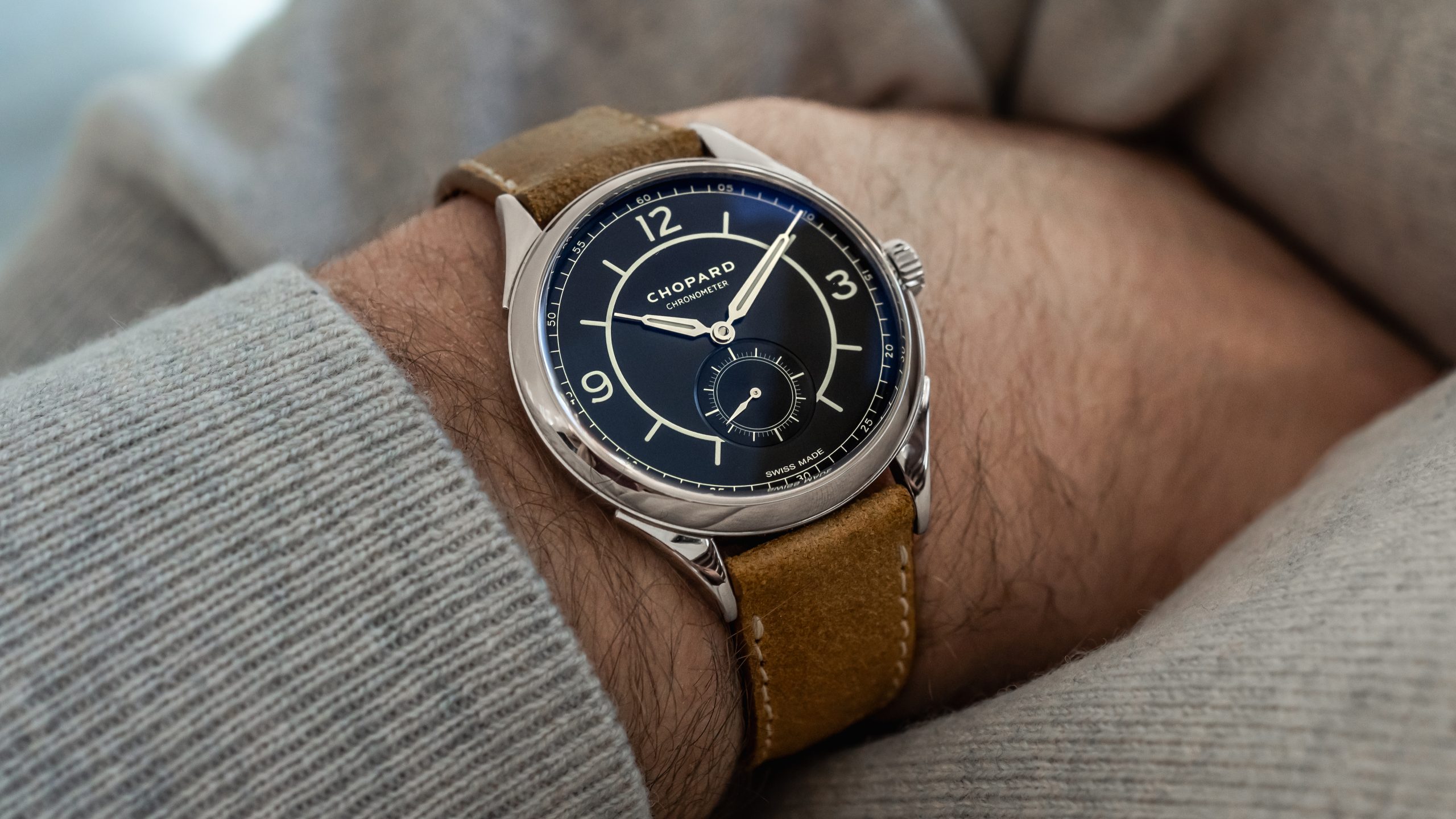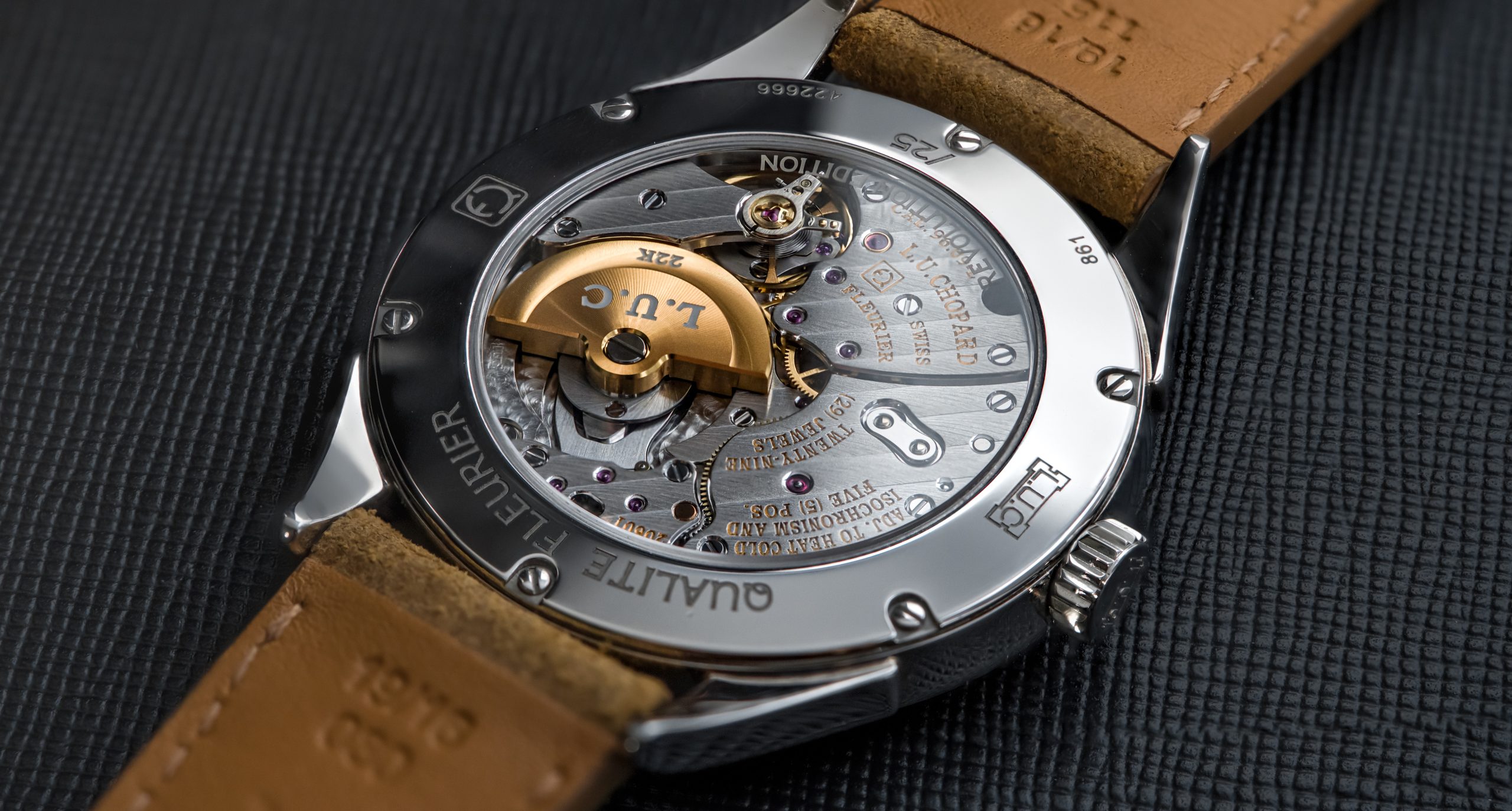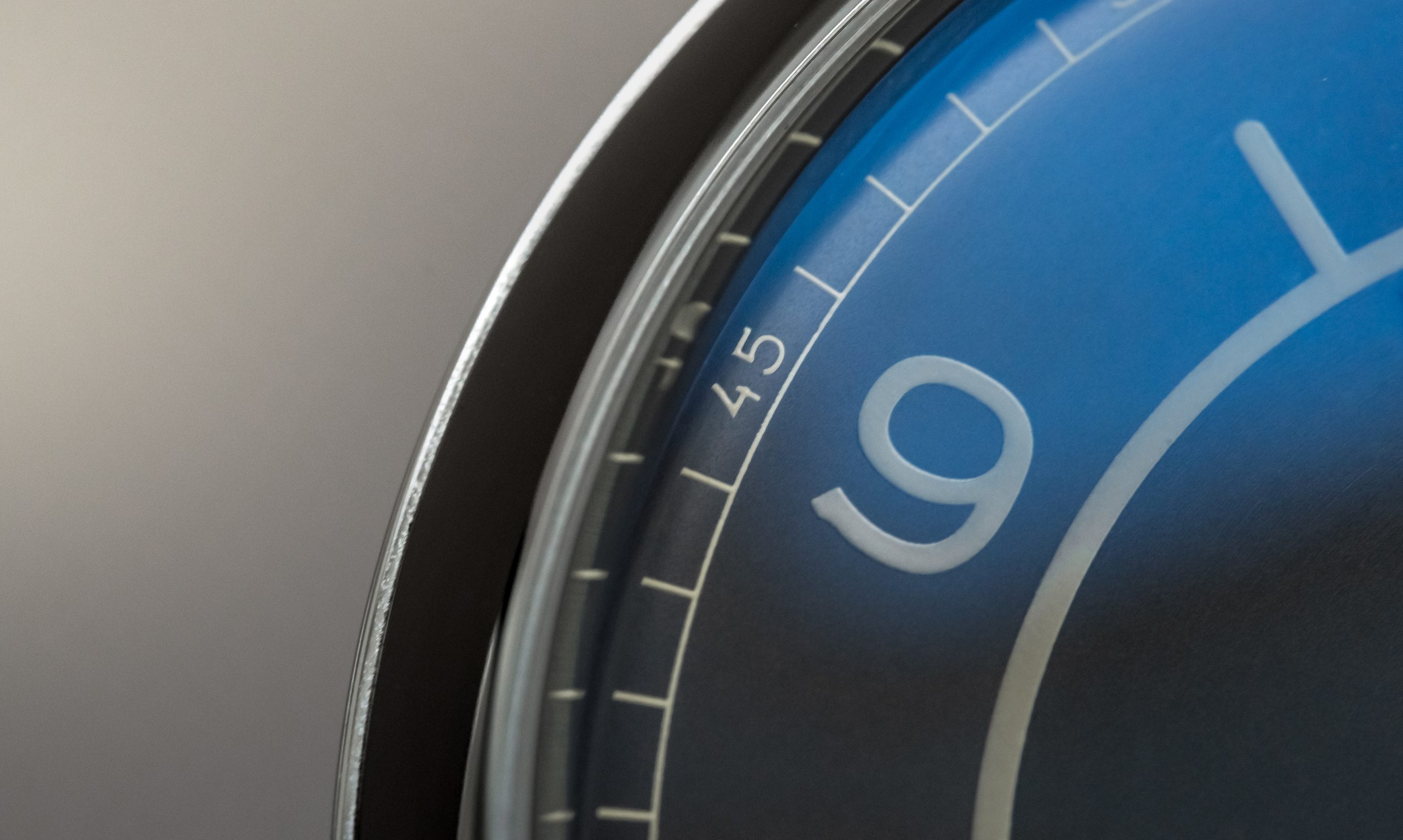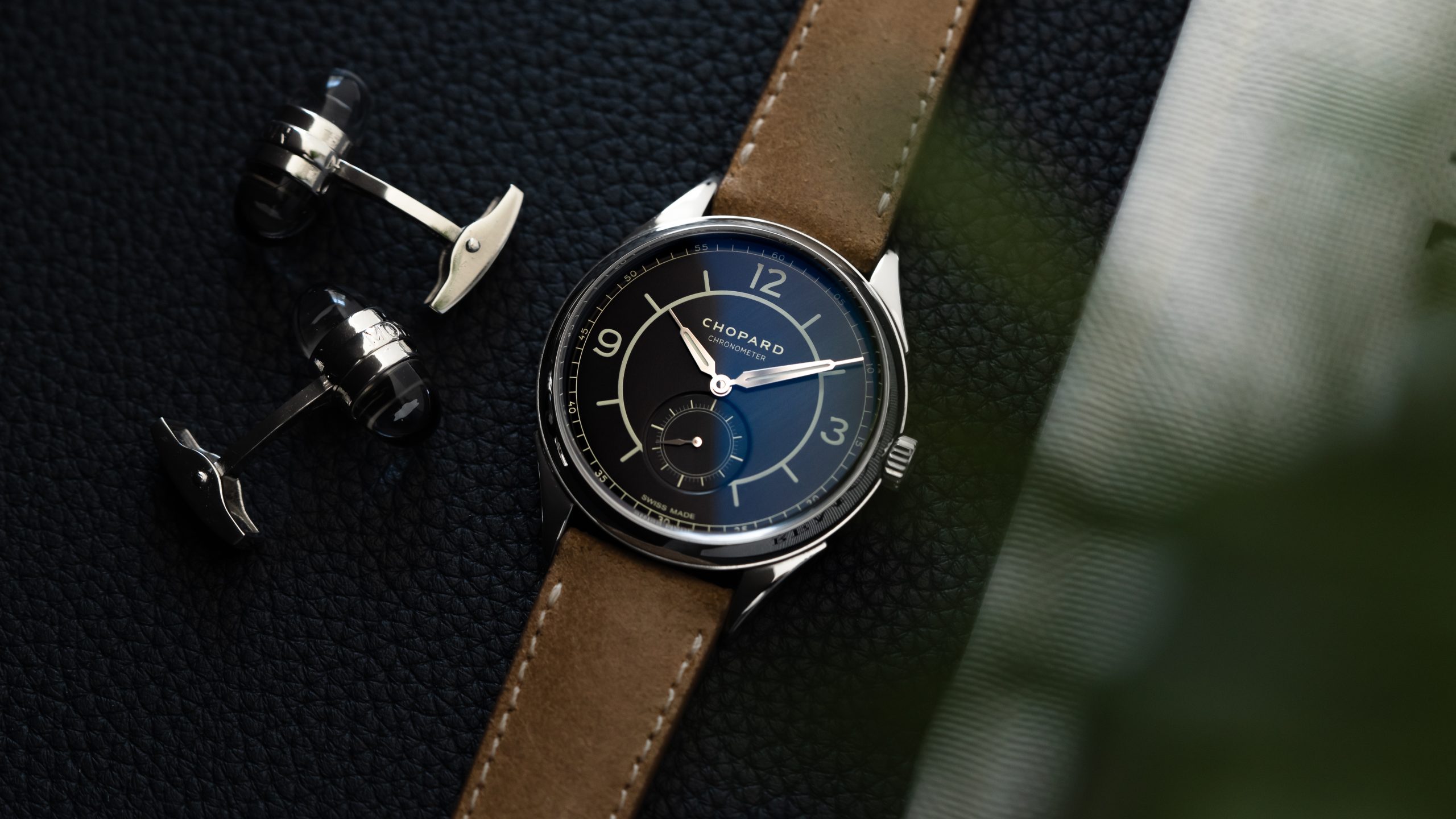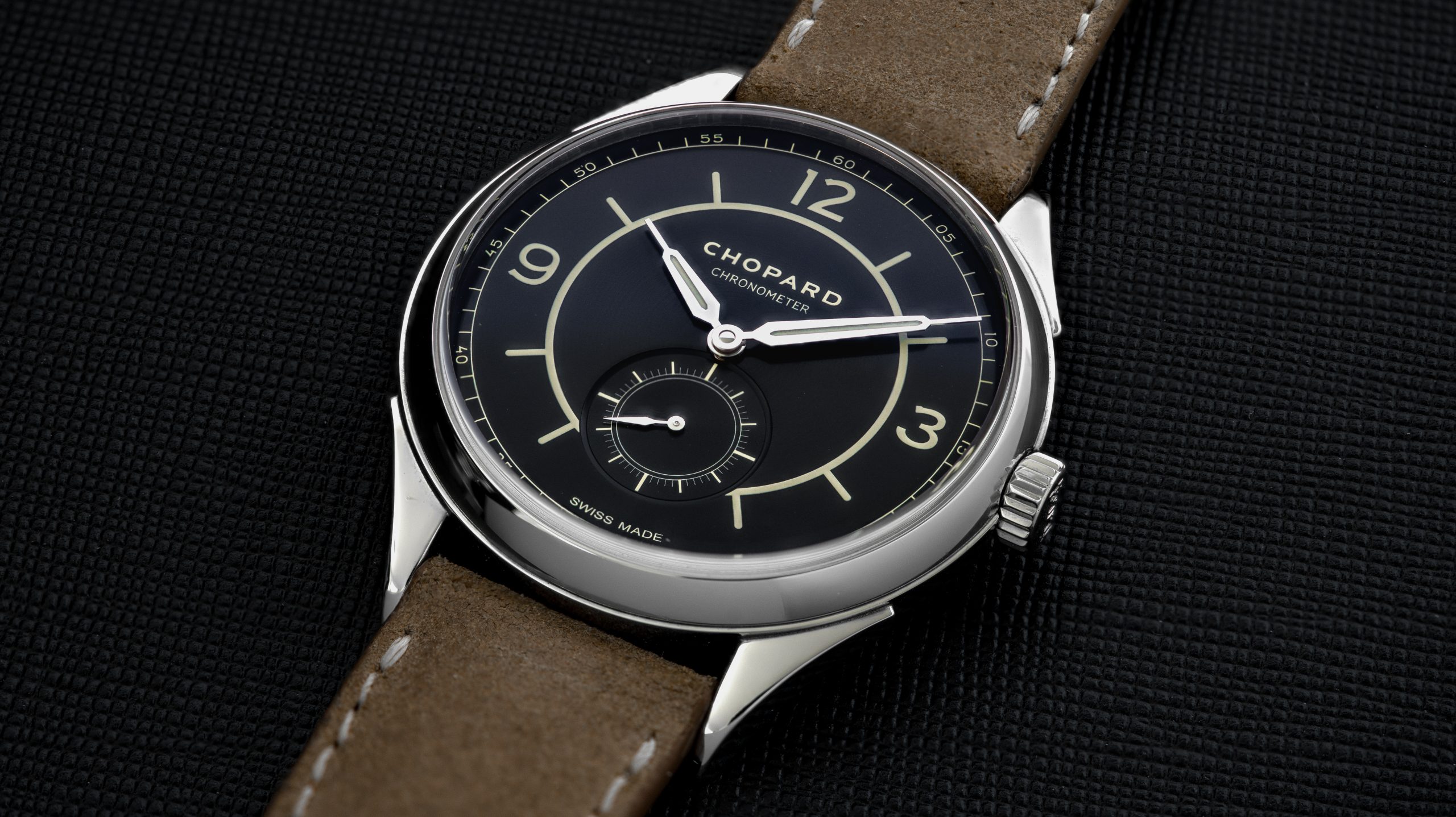Chopard LUC have created some of the most exceptional time-only wristwatches of the last three decades. But when LUC decided to collaborate with Singapore-based magazine Revolution, the pair peered back through time further than the calibre 1.96. This is the LUC QF for Revolution, a watch which leans on 1940s sector dials as aesthetic inspiration, which belies what is an extremely technical calibre beneath. The design leans very far toward the sporting side of dress watches with a nod to the past under the guidance of Revolution Magazine founder Wei Koh, collector Auro Montanari, and Chopard co-president Karl-Friedrich Scheufele. Just 25 examples were produced.
QF here stands for Qualité Fleurier. Qualité Fleurier is an exacting testing standard that goes well above and beyond COSC. The watch head must be 100% manufactured in Switzerland, including all stages of assembly and final transformation of materials. Calibres are tested in five positions at 8, 23, and 38 deg C for 15 days within -4/+6 sec/day. Finally, the shock resistance test is a bit infamous, where the watch is tortured by a robotic arm. Known as the Chronofiable test, a robotic arm moves randomly through space extremely jerkily, with the equivalent G-load of a Mercury astronaut launch. Timing must remain precise. Then a different arm simulates the wear of repeatedly pulling out the crown stem, pushing and pulling. This isn't even to mention magnetic fields are applied, water resistance, and an extremely exacting hand finishing standard. It is a borderline insane level of testing.
The 39mm case here sports vintage soldered lugs with beautifully finished joints and a slight step for dramatic flair, almost like a flared wheel arch on your 3.0 Litre CSL. This is a more time-intensive and complex method of case construction than most. Matching the scientific design of the dial, the case here is the second ever QF in steel. Thanks to a micro-rotor calibre, it measures a very elegant 8.9mm thin. The calibre 96.09L leans very heavily on Parmigiani's immense calibre 1.96 legacy with stacked twin mainspring barrels, 28800 vph balance, 22 carat rotor, and floating bridges with delicate hand-finished bevels.
But this collaboration is made by its dial. These sector or scientific dials were made in the 1940s to more easily read chronometers. That it now applies that legibility to a QF calibre 96.09 seems fitting. The dial is black with a deep soleil finish. Its LumiNova sector track was precisely chosen to reference old radium dials in tone and provide an additional layer of practicality. Finally, the rather vintage-leaning aesthetic is then complimented with a brown calfskin strap that feels paradoxically both manufactured yesterday and five decades ago.
The QF for Revolution sold out almost immediately and is rarely seen today, one of the more handsome collaborative creations of recent years. This is no great surprise after seeing one in the metal. It is LUC at its very best mechanically, and Revolution at their very best aesthetically. Save perhaps Laurent Ferrier few other modern sector dials have so successfully refine the core design and updated it for modernity. This QF is technically-advanced modern watchmaking with a nod toward the past, dressy yet sporting, and refined by some of the most studied eyes in the watch industry.
